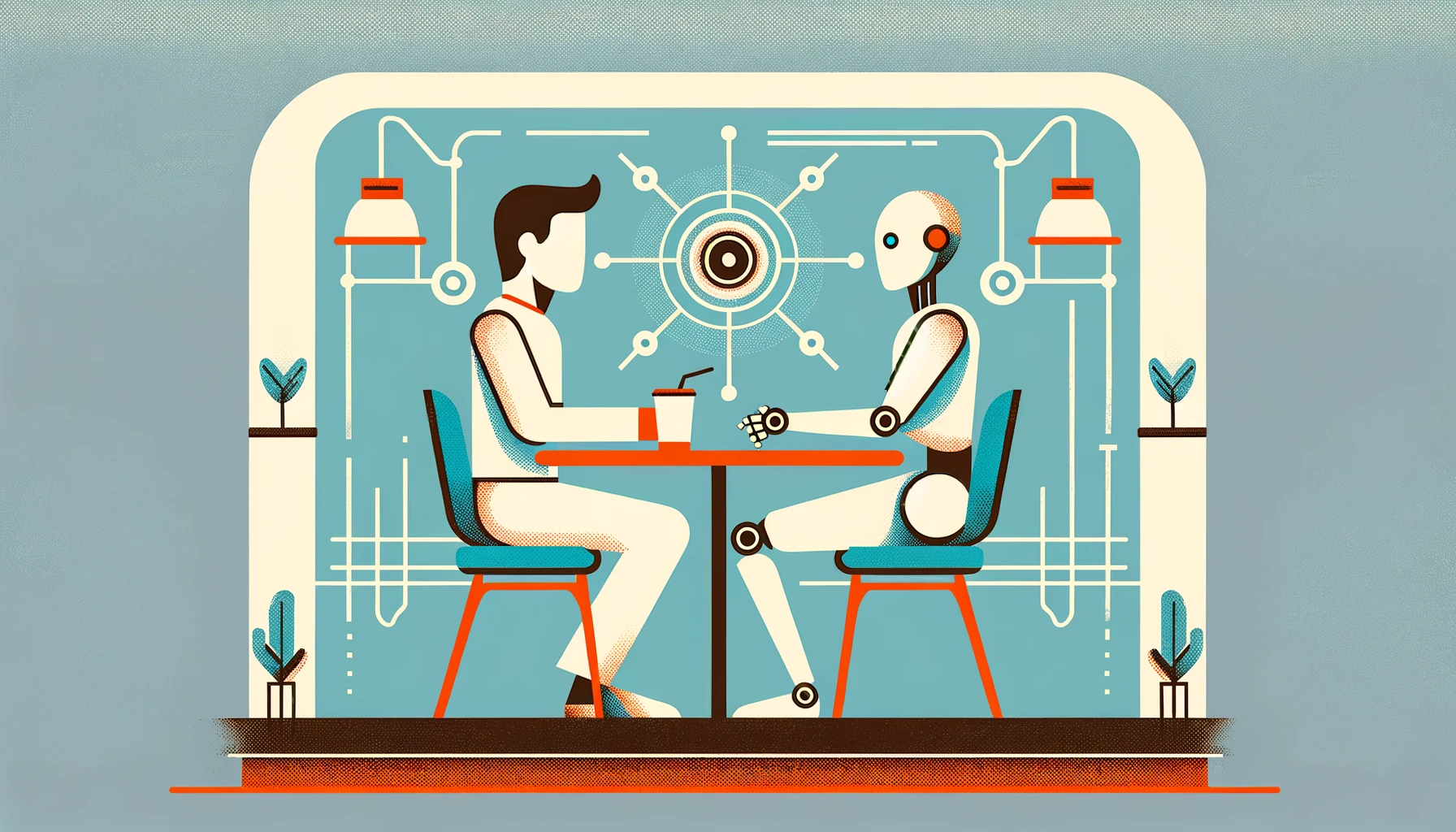
In an innovative leap, engineers at the University of Cincinnati have developed a computer system that might just have the answer to the age-old question: “Is my date into me?” This cutting-edge wearable technology, heralding a new era in dating and social interaction, harnesses physiological responses to predict the success of a first date.
The foundation of this breakthrough is the concept of physiological synchrony. This phenomenon occurs when individuals engaged in conversation experience aligned autonomic nervous system responses. Essentially, it’s the body’s way of saying, “We’re on the same wavelength.” This synchronization can include mirroring heart rates, respiration, and even perspiration levels, serving as a non-verbal indicator of emotional and social connectivity.
Published in the prestigious IEEE Transactions On Affective Computing, the research dives deep into the realm of physiological metrics to predict dating success. The study meticulously measured respiration, heart rates, and perspiration levels using the innovative wearable device, marking a pioneering approach in the analysis of social interactions. Remarkably, the technology demonstrated an ability to distinguish between four distinct conversation scenarios with an accuracy rate of up to 75%.
Unveiling the Power of AI in Social Dynamics
The study’s findings are not just numbers but open a window into the nuanced dance of human interaction. For instance, the wearable technology could discern:
- Whether a conversation was engaging or lackluster
- The level of mutual interest between the participants
- Signs of compatibility and engagement from both parties
These insights are made possible through the analysis of physiological data, offering a glimpse into the subconscious dynamics at play during a first date.
Lead author Iman Chatterjee, a doctoral student at the University of Cincinnati, believes the implications of this technology extend far beyond the dating scene. Physiological synchrony, as he points out, is likely an evolutionary trait honed to improve collaboration among humans. This subconscious communication mechanism could revolutionize how we understand and enhance group dynamics in various settings, from the workplace to educational environments.
- Corporate Teams: Identifying synergistic pairs or groups that work well together, optimizing team composition for better collaboration and productivity.
- Educational Settings: Assisting educators in understanding student dynamics, facilitating more effective group projects and classroom interactions.
- Therapeutic Use: Providing therapists with real-time feedback on patient engagement and the effectiveness of therapeutic techniques.
The team, including study co-author Vesna Novak, an associate professor of electrical engineering, is already looking ahead. Their ambition is to delve deeper into the subtleties of human interaction, pushing the boundaries of what artificial intelligence can perceive about our social behaviors. The goal is to refine the technology to not only discern positive from negative interactions but to navigate the complex spectrum of human emotions and connections that lie in between.
| Metric | Details |
|---|---|
| Accuracy Rate | Up to 75% in identifying conversation scenarios |
| Physiological Metrics | Heart rate, respiration, perspiration |
| Participants | Varied demographic to ensure comprehensive data analysis |
| Technology | Wearable device capable of real-time data collection |
| Future Objectives | Distinguish nuanced emotional and social interactions |
The University of Cincinnati’s research represents a groundbreaking intersection of technology, psychology, and social science. By leveraging artificial intelligence and physiological data, the team has opened up new possibilities for understanding and improving our social interactions. Whether it’s enhancing the first date experience, optimizing workplace dynamics, or aiding therapeutic practices, this technology holds the potential to profoundly impact our understanding of human connection.
As we stand on the brink of these exciting developments, the promise of AI in deciphering the complexities of human interaction is more palpable than ever. The journey ahead, guided by continued research and technological refinement, will undoubtedly unveil deeper insights into the art and science of social connectivity.
Related News:
Featured Image courtesy of DALL-E by ChatGPT
